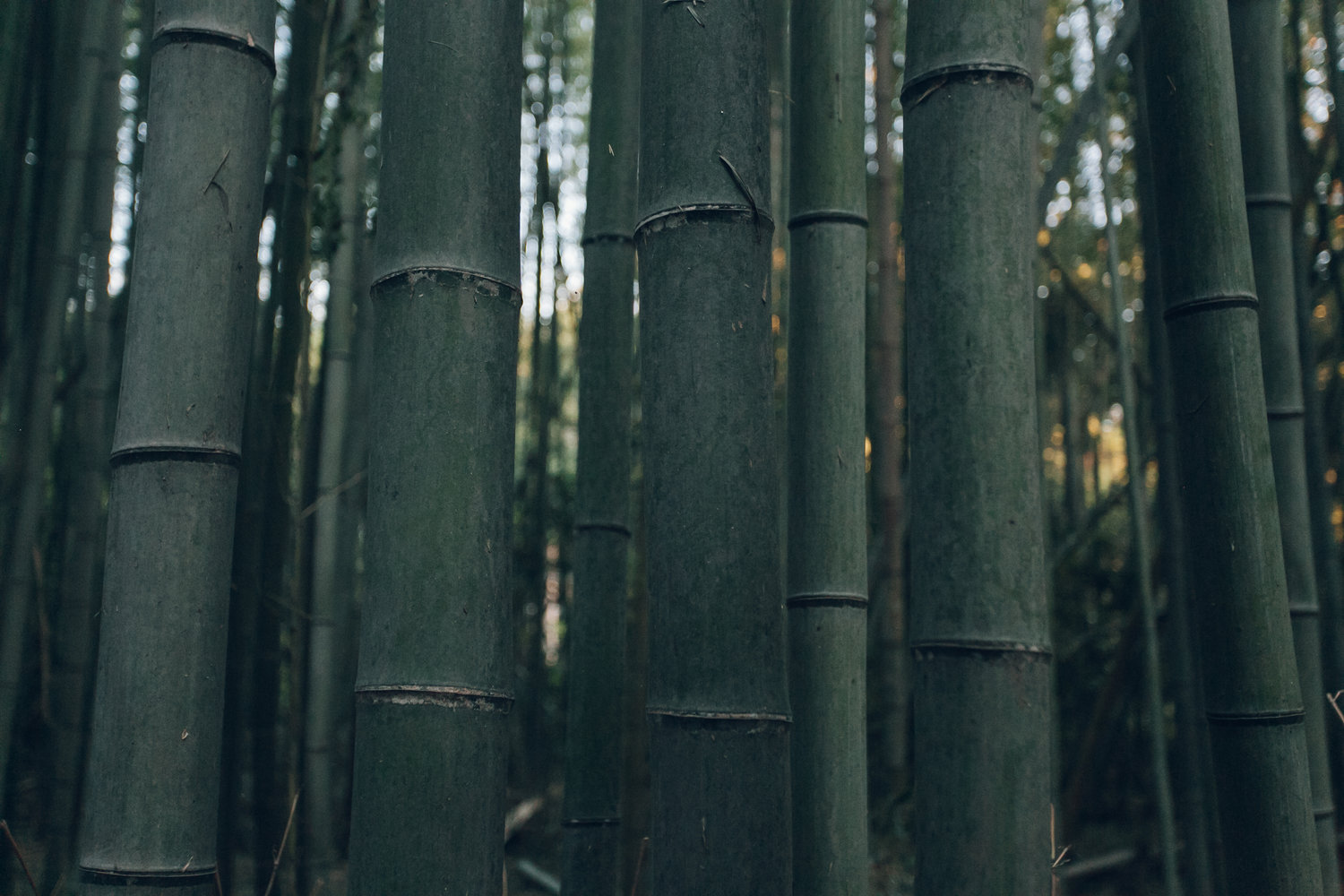It wasn’t until the empty plot next-door to us turned into a large construction site that we really realised not only how much we value relative peace and quiet but, also how much we take sound for granted as an aspect of Super Ordinary Life.
Although it took a serious bit of noise pollution to contaminate our ordinary life for us to take more notice of the everyday sounds around us, once we did, it’s become impossible to ignore. We know we aren’t alone, noise pollution of various forms is a reality for so many of city dwellers these days, thus making the way the Japanese government attempts to deal with their aural complaints really quite remarkable.
In 1996, Japan took an inspiring yet unusual step to combat noise pollution. The Ministry of the Environment designated 100 soundscapes of Japan selected by the Japan Soundscape Study Group from 738 submissions. The soundscapes span the entire length of Japan from Hokkaido to the southern islands of Okinawa and the list includes sounds from all seasons and from both the natural and manmade environment.
The list includes such sounds as:
Drift ice in the Sea of Okhotsk (オホーツク海の流氷)
Suzumushi (bell-ringing insects) in Miyagino (宮城野のスズムシ)
Pinewoods of wind (風の松原)
The sound of wood carving in Inami (井波の木彫りの音)
The sound of the bamboo forest in Kyoto (京の竹林)
The Soughing of the wind through the pine trees of Oka Castle’s remains (岡城跡の松籟)
The sound of children playing in Yoshida River (吉田川の川遊び)
The full list can be seen here
Protecting the environment and preserving these important cultural sounds for future generations by making people think about these sounds probably leads to a greater sense of appreciation. It seems to us like a wonderful way to deal with noise pollution and has got us thinking about and noticing more sounds.
